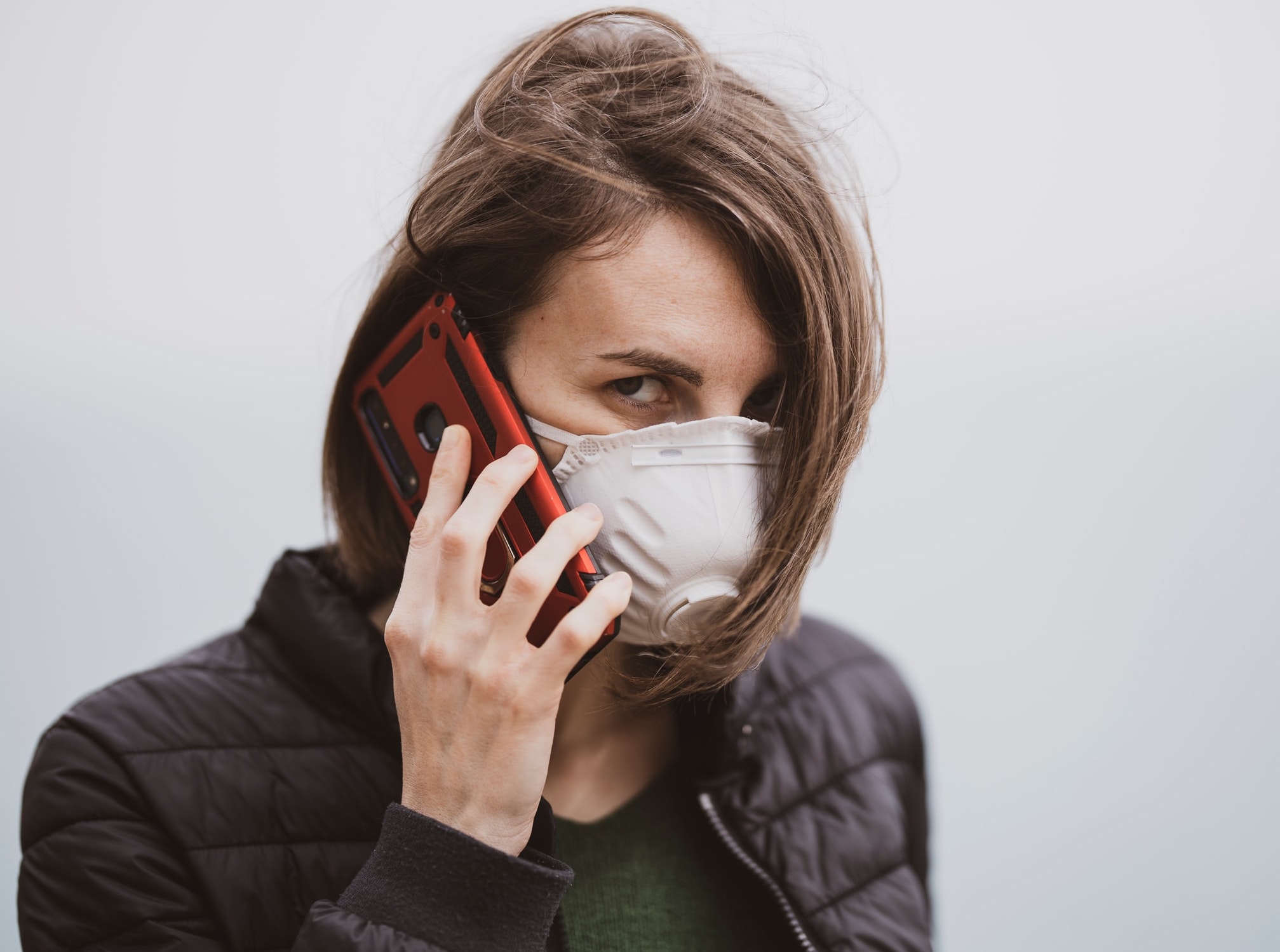

Follow all of PopSci’s COVID-19 coverage here, including tips on cleaning groceries, ways to tell if your symptoms are just allergies, and a tutorial on making your own mask.
When shopping for face masks to prevent the spread of COVID-19, you don’t need to look for bells and whistles. Masks with breathing valves, in particular, are being marketed as a better option than plain cloth coverings—but they don’t work to prevent COVID-19 transmission the same way simple masks can.
“The purpose of the valve is, when you exhale, it opens up to allow for carbon dioxide and expelled air to just exit the mask,” says John O’Horo, a Mayo Clinic infectious disease doctor who heads up the institution’s Personal Protective Equipment Task Force. However, the valve is one-way and the mask only filters incoming airborne particles.
This feature is meant to make really tight-fitting masks, like some N95s, more wearable over long periods of time. N95 masks and respirators are useful for medical professionals who are working in hospitals and other environments where they are likely to be exposed to COVID-19 and dealing with patients who cannot mask. In more normal times, they’re also used for other applications like some construction work where incoming particulate can be harmful to the lungs. The 95 in N95 indicates their filtration level: they filter out up to 95 percent of airborne particles.
“Those are critical supplies that must continue to be reserved for health care workers and other medical first responders, as recommended by current CDC guidance,” the FDA notes. In hospital settings, these masks are often worn in combination with other PPE that goes over the face. But when it comes to wearing these masks to accomplish what scientists call “source control,” a vent negates the entire purpose.
Face masks such as those recommended by the CDC provide a small measure of protection to the wearer, but their main purpose is to protect everyone else by keeping respiratory droplets contained. If everyone does this, it can dramatically reduce the rate of COVID-19 transmission, because each potential source of infection, each person, is trying to keep their droplets to themself.
When it comes to stopping the spread of COVID, wearing a valved mask is just about as bad as not wearing one at all: they allow your exhalations (and respiratory droplets, which can carry the virus that causes COVID-19) to vent out into the air.
That’s why O’Horo says, for healthy people, a simple cloth or paper mask is ideal. These masks are inexpensive, easy to wear, and they’re breathable enough that you don’t need a valve. (And, contrary to some rumors, they do not cause your oxygen levels to drop).
However, it’s important to remember that not everybody around you is healthy, and invisible disabilities are common. If you see someone in public who is wearing a mask with a valve or any other kind of mask, for that matter, remember that you don’t know their situation or reasons for wearing it, and that they may be at much higher risk from COVID-19 than you are. That said, it’s good to educate friends and family about the importance of mask-wearing and how to avoid wearing ineffective products like valved masks.
Since the COVID-19 pandemic began, jurisdictions around the globe, including some in the United States, have passed bylaws requiring mask-wearing in public, especially in enclosed spaces. Some of those mandates, like California’s, explicitly ban masks with valves.
While the confusion over valved masks is understandable, some less scrupulous individuals have tried to get around mandatory mask bylaws by wearing and selling mesh masks that do nothing to prevent respiratory droplets from making their way out into the world. O’Horo says these are useless in preventing the spread of COVID-19.
But mask mandates have also prompted genuine innovation—for instance, these face masks have a clear plastic panel over the mouth to facilitate lip-reading, but still provide full protection from droplets.
If you’re considering any mask for public wear, O’Horo has advice: “A good rule of thumb… is that if you hold it up to the light, and you can see the individual fibers, it’s probably not tight-woven enough to be a source control mask,” he says.
But anything made of opaque material—or where fabric is doubled or tripled up—is helpful if it’s worn securely over the nose and mouth. “As long as there’s not a valve in it or a visible opening, it’s accomplishing what a source control mask should,” O’Horo says.
If more information about mask-wearing, the CDC has a bunch of resources to help you understand what’s going on, and we at Popular Science have a handy-dandy guide to buying and making masks.
Mask-wearing is a simple and practical step you can take to make COVID-19 a little less powerful. But remember, it’s not the only one: social distancing, staying home as much as possible, and regular hand-washing are important too.
